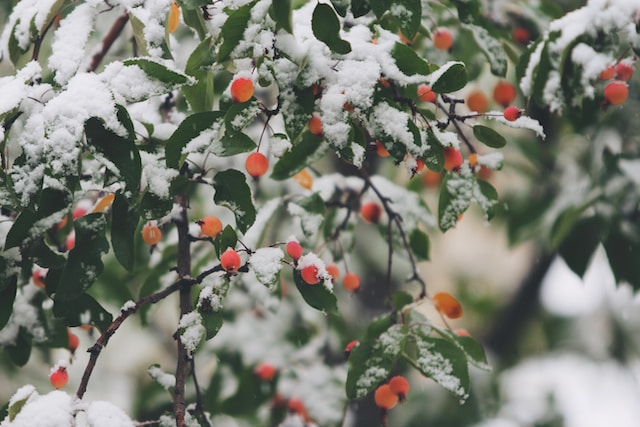Introduction
Gardening is a popular hobby that can bring joy and beauty to our lives. However, gardening can also serve a greater purpose beyond just aesthetics. By creating habitat gardens, we can help protect endangered species and promote biodiversity. In this article, we will explore the benefits of habitat gardening and how it can make a positive impact on our environment.
What is a Habitat Garden?
A habitat garden is a garden that is designed to provide a natural habitat for wildlife. It is a garden that is created with the intention of attracting and supporting a variety of species, including birds, butterflies, bees, and other pollinators. Habitat gardens can be created in any size, from a small balcony to a large backyard. The key is to provide the necessary elements that wildlife needs to thrive, such as food, water, shelter, and nesting sites.
Why Create a Habitat Garden?
Creating a habitat garden can have many benefits, both for the environment and for ourselves. Here are some of the reasons why you should consider creating a habitat garden:
1. Protect Endangered Species: Habitat loss is one of the biggest threats to endangered species. By creating a habitat garden, you can provide a safe haven for these species and help protect them from extinction.
2. Promote Biodiversity: Habitat gardens can help promote biodiversity by providing a variety of habitats for different species. This can help create a more resilient ecosystem that is better able to adapt to changes in the environment.
3. Improve Soil Health: Habitat gardens can improve soil health by promoting the growth of beneficial microorganisms and reducing the need for chemical fertilizers.
4. Reduce Water Usage: Habitat gardens can reduce water usage by using native plants that are adapted to the local climate and require less watering.
5. Enhance Beauty and Enjoyment: Habitat gardens can be beautiful and enjoyable spaces that provide a sense of peace and tranquility. They can also attract a variety of wildlife that can be fascinating to observe.
How to Create a Habitat Garden
Creating a habitat garden is easy and can be done in a few simple steps:
1. Choose Native Plants: Native plants are adapted to the local climate and soil conditions, making them more resilient and better able to support local wildlife. Choose a variety of plants that bloom at different times of the year to provide a continuous source of food for pollinators.
2. Provide Water: Provide a source of water, such as a bird bath or a small pond, to attract birds and other wildlife.
3. Create Shelter: Provide shelter for wildlife by planting shrubs, trees, and other plants that provide cover and nesting sites.
4. Avoid Chemicals: Avoid using chemical pesticides and fertilizers, which can harm wildlife and reduce biodiversity.
5. Maintain Your Garden: Regularly maintain your garden by removing invasive species, pruning plants, and cleaning bird baths and other water sources.
Conclusion
Creating a habitat garden is a simple and effective way to make a positive impact on our environment. By providing a natural habitat for wildlife, we can help protect endangered species, promote biodiversity, and create a more resilient ecosystem. So why not start gardening with a purpose and create your own habitat garden today?










